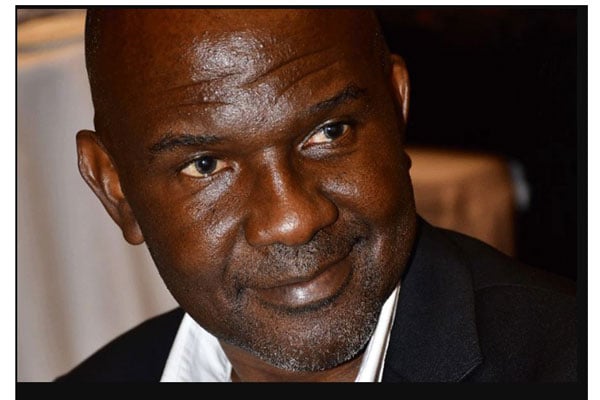In praise of creatives as a ‘magic bullet’ to combat youth unemployment

What you need to know:
In a world where technological advancements reshape entire industries, creativity stands as a timeless asset
Uganda brims with young creative talent. Yet unemployment remains the most pressing challenge the country faces today. Can the creative industry provide the ‘magic bullet’ to combat unemployment in Uganda?
In a world where technological advancements reshape entire industries, creativity stands as a timeless asset. Whether it is developing innovative digital marketing strategies or crafting captivating film productions, creativity is a skill that transcends traditional occupation boundaries. By nurturing and supporting the creative talents of young individuals, we can equip them with the tools needed to thrive in a dynamic job market.
One shining example of the creative industry’s potential in reducing youth unemployment is the music sector which stands as a glaring example of the creative sector’s ability to combat youth unemployment. The area has created job opportunities for countless individuals such as song writers, music producers, sound engineers, event managers, and promoters, backup dancers, costume designers, and marketing agents.
Film is another vibrant area within the creative industry that has played a vital role in tackling youth unemployment. The rise of Ugandan filmmakers, such as Aromantic Entertainment, Nabwiso Films, Trust films and Wakaliwood, has ushered in a new era of storytelling and cinema that provides avenues for aspiring actors, cinematographers, editors, and set designers to hone their skills and secure employment.
Ugandan made content has made it to Netflix, a US streaming service. Locally, the growth of film festivals and the demand for local content have created new opportunities for young people.
Fashion, too, has emerged as a thriving sector within the creative industry. Young Ugandan designers are crafting unique fashion pieces that blend traditional elements with contemporary styles, captivating both local and international markets. By nurturing and supporting young fashion entrepreneurs, Uganda can develop a sustainable garment industry, generating employment opportunities along the value chain, including garment production, modelling, marketing, and retail.
Visual arts and crafts are yet another avenue for youth empowerment and job creation. Uganda’s rich cultural heritage, coupled with talented artists, provides fertile ground for artistic expression and economic opportunities. Whether through painting, sculpture, pottery, or crafts, young artists can display their work to a global audience while contributing to the cultural and tourism sectors. Online channels and internet mean they can display their craft anywhere anytime.
Uganda Investment Authority notes that interest in culture, creatives, and performing arts has consistently grown over the past few years partly because of the employment opportunities. In FY 2018/2019, the agency notes, Uganda is estimated to have earned $1.6b from the arts, culture, creativity, and tourism sectors alone.
Policymakers should pay attention to creatives by investing in skill development programmes and creative education to equip young individuals with the necessary technical and entrepreneurial skills. By fostering creativity, critical thinking, and innovation, Uganda can nurture a pool of talent that can thrive in various creative sectors.
It is good that the new lower secondary curriculum tilts into this direction. Government can lend a hand through investing in infrastructure and resources required for the creative industry to thrive. Facilities such as art studios, theatres, recording studios, and co-working spaces can serve as incubators for budding creative minds.
Through public-private partnerships, organisations can pool resources to offer funding, grants, and scholarships to support young entrepreneurs and start-up ventures in the creative industry.
Collaboration between the government, private sector, and civil society organisations is essential to create an enabling environment for the creative industry. This includes providing funding, infrastructure, and supportive policies that encourage entrepreneurship and protect intellectual property rights.
Political interference should also be minimised with creatives allowed to express themselves on any subject whether political or not. By harnessing the creative capabilities of the youth, we can breathe life into cities, promote cultural diversity, and create more inclusive and engaging spaces.
Initiatives such as public art installations, cultural festivals, and community-driven projects not only provide employment opportunities but also foster a sense of pride and ownership among young individuals.
Uganda’s creative industry holds tremendous potential to combat youth unemployment. The sector may not absorb every young person seeking a job. It has, however, shown that it is an area that cannot be ignored.
Hildah Namuleme, EPRC, Makerere University




